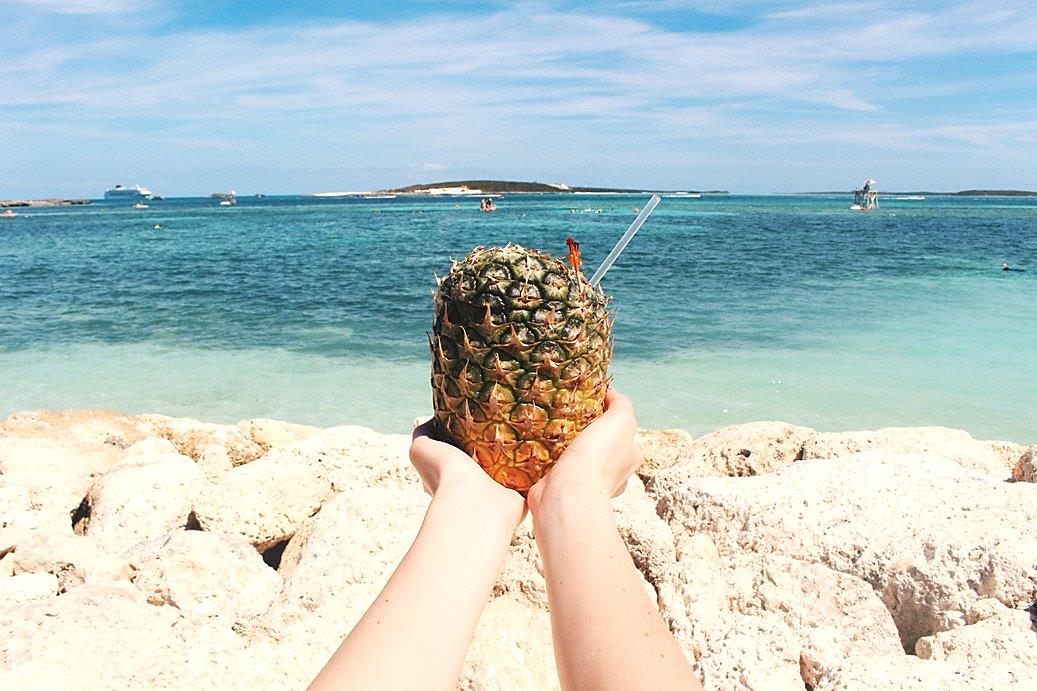
by Fern Shaw | Apr 29, 2019 | Water, water cooler
Recently, while I was on a water refill break at our office water cooler, I read an article regarding ‘influencers’ and a certain holiday resort in South East Asia. What had transpired is that this very popular resort began to be inundated with requests from self-proclaimed ‘influencers’ – travellers with social media accounts (predominantly YouTube and Instagram) who have a number of followers – asking if they could stay at the resort for free in exchange for sharing photos about their stay, thereby ‘influencing’ their followers to travel and stay at the location.
After a period the resort owner’s reaction was to himself go on to social media whereupon he posted a comment stating that he would not be offering accommodation at the resort in exchange for the proposed reach that these followers had and further to that, his suggestion to said influencers was that they pay for the accommodation just like any other guest.
This got me thinking. With the incredible advent of digital based business, with social media users increasing at a phenomenal rate year on year, is it possible to quantify physically based goodwill e.g. your taking your customers out for a coffee vs. ether based good will e.g. your commenting on social media about how wonderful your customer’s product/service is?
Of course, it may not help that there are different definitions of goodwill from a social aspect versus a commodity based aspect. Goodwill in business terms is a quantifiable asset of an intangible portion of a business which is calculable when the entity is being bought or sold.
Goodwill, in my opinion, (always become a little more clearheaded when I up my water intake) is any action that is undertaken as a kindness or is an act of benevolence without forethought of any reciprocation.
What do you think?
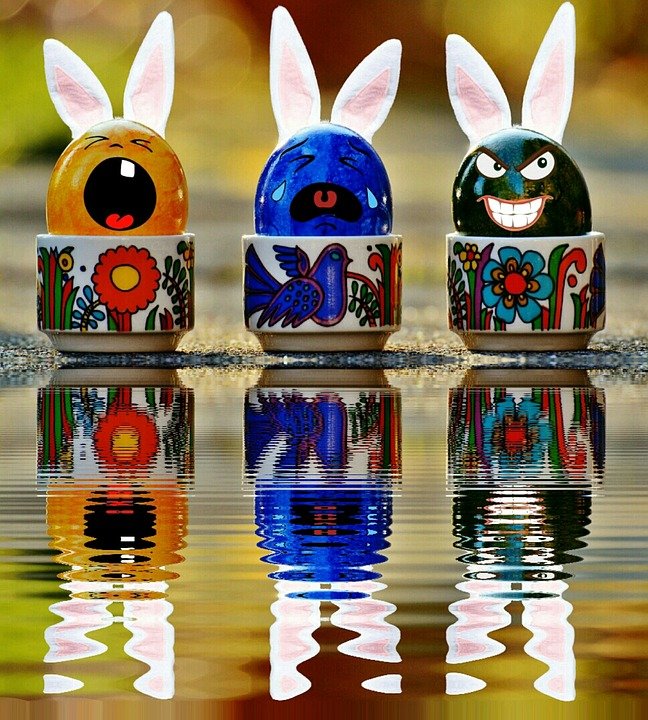
by Fern Shaw | Apr 15, 2019 | aquaid, Water, water cooler
Easter is an extraordinarily significant annual period for millions of people globally. It signifies a combination of both sombre and celebratory observances across many belief’s calendars.
One element that has a large significance in these observances is that of water. A few examples from around the globe are:
Neighbourhood children in Poland practice a particularly joyful Easter Monday tradition. They drench one another with buckets of water (often while the victim is still asleep in bed). One theory attributes the practice to the botanical affections of European pagans, likening the waterlogging of friends to the saturation of the holy Corn Mother.
More water splashing takes place at an annual Water Festival in several countries in Southeast Asia. In addition to the simple splashing of water, the Asian cultures’ variation on the Polish practice involves boat races, floating river lanterns, and the dousing of a Buddhist statue. The holiday is rooted in the Dai association of water with religious purity, good luck, and good will. Soaking your friend or neighbour with a hearty splash is meant to bestow him or her with good fortune.
In Switzerland, people decorate wells and fountains leading up to Easter. Decorating a well symbolises the honouring of water, which is essential for life, and Easter, the feast of renewed life.
Here at AquAid, we’re very cognisant of the importance of water in our daily lives and we’re sure each of our 23 branches no doubt celebrates Easter in their own manner. From us to you, however you choose to celebrate Easter; we do hope it’s peaceful and blessed.
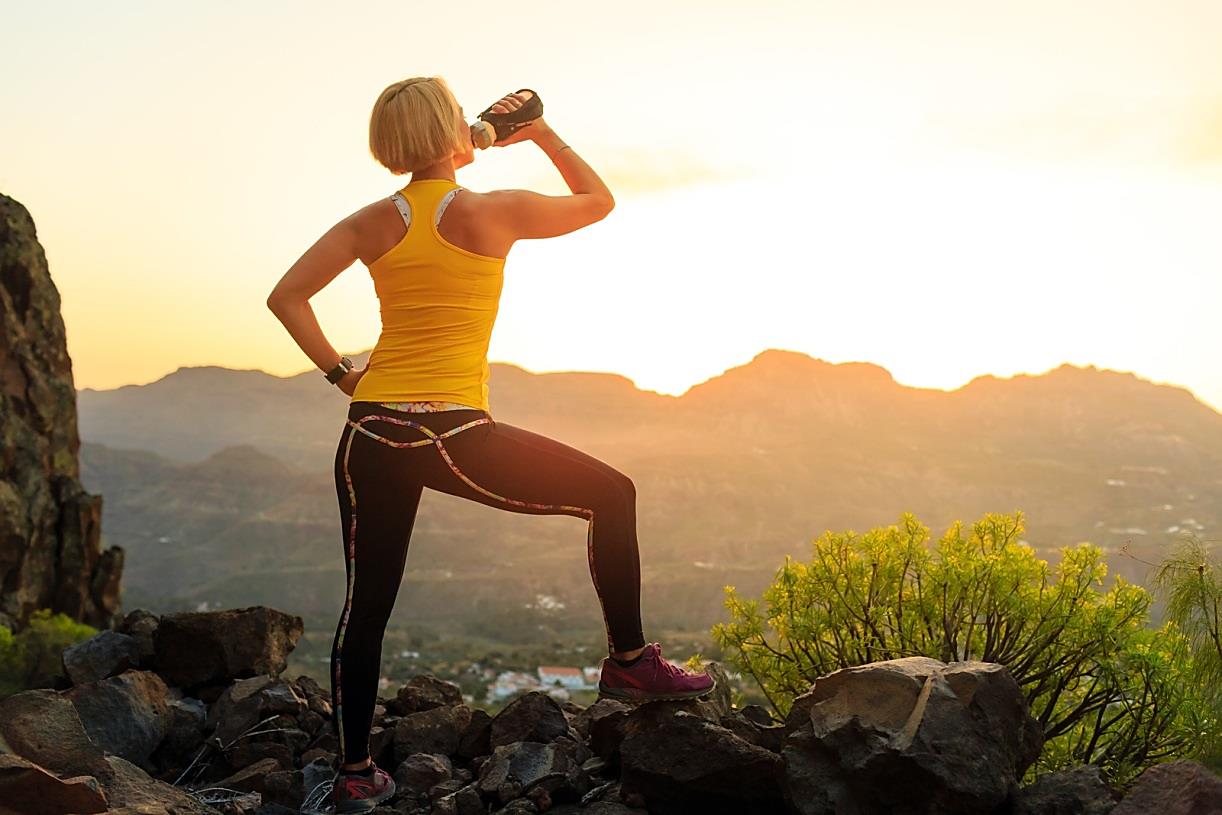
by Fern Shaw | Apr 5, 2019 | Water, water cooler, Water Coolers
Keeping oneself hydration fit is vitally important, irrespective of what season it is.
We all intend to do the right thing when it comes to keeping fit, but the demands of day-to-day life can tend to trip us up despite our best intentions. Here, at AquAid Water Coolers we always want to help where we can to ensure that at the very least, you keep yourself well hydrated throughout your day, no matter your schedule.
If you’ve launched into a great keep fit regime this spring, here’s a bit of info that may help you on your get fit and keep hydrated journey:
Recognising dehydration
- A large percentage of the UK population are chronically dehydrated. Can you remember when last you drank more than a glass of water a day? Keep in mind that the average adult should be drinking a minimum of eight glasses of water per day.
- Dehydration occurs when more fluid leaves your body than is taken in. Symptoms include: fatigue, irritability, headaches and nausea.
- Dehydration also slows your metabolism, which hinders your ability to exercise as well as the ability to lose weight.
Maintaining a balance
Applying the logic to avoid reaching the stage where you’re dehydrated is quite straight-forward – you need to maintain a water balance. There are many factors to consider on how much water you’re losing, especially when you’re being active: age, gender, health, body mass, environmental conditions and physical activity all play a role.
Once you have a better idea of about how much water you lose in an active day vs. how much water you should be drinking it’s time to:
Get moving
Even if you feel sluggish and low in energy, make the effort to do 20-30 minutes exercise daily. If you’re not that keen to participate in organised activities, a brisk walk around the block will be enough to energise you and reduce fatigue.
Sleep well
Make sure you get enough sleep. Depending on your daily schedule and work hours, try to go to bed at the same time, do not eat or drink caffeine before going to bed and move the telly out of the bedroom.
Eat well
There are innumerable eating and weight loss plans and these can often hinder rather than help.
Whatever food plan you decide upon, again logic dictates: in order to function, your body needs fuel, so try to ensure that your food fuel consists of a balanced diet.
If you’re prone to the ‘quick fix’ when eating, which usually consist of processed and sugar rich food and drinks, the good news is if you step up and start drinking enough water to keep yourself hydrated, you will feel fuller and the temptation to sate your appetite as quickly as possible, will lessen.
Make use of your water cooler!
As you begin your happy and healthy get fit plan, having a water cooler wherever you are at work could honestly not make drinking water easier for you. There’s also the added advantage of you being able to get through your work day more easily as studies have proven that taking even a five minute break to stretch out and walk to replenish your water makes a significant difference on your performance and well-being.
updated from a 17 March 2017 blog
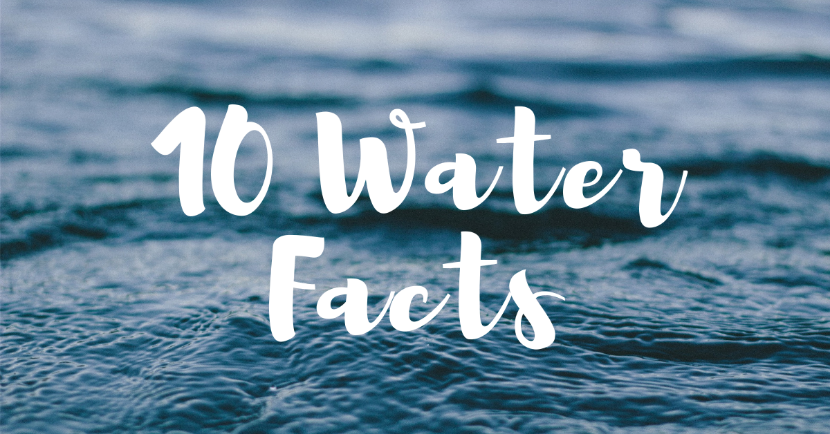
by Belinda Ollewagen | Jan 18, 2019 | Water
Circle of Blue is an American non-profit organization that collates and reports on all issues regarding water, from fresh water scarcity and how we’re reaching a new crisis threshold with major cities facing water shutdowns to water polling which draws on expert and public opinion. Included in this prolific online library are a number of eye-opening infographics, and one in particular holds our attention – 10 things you should know about water – and while it might be nearly ten years old now, its staggering statistics remain a solid reminder of why we should protect and conserve this natural resource at all costs.
- One drop of oil can make up to 6.6 gallons of water undrinkable.
- Seventy percent of the world’s water is used for agriculture, 22 percent for industry and 8 percent for domestic use. Low- and middle-income countries use 82 percent of their water for agriculture, 10 percent for industry and 8 percent for domestic use. High income countries use 30 percent of their water for agriculture, 59 percent for industry and 11 percent for domestic use.
- A person is able to survive one month without food but only five to seven days without water.
- Of all the Earth’s water, 97.5 percent is salt and 2.5 is fresh. Of that water, about 70 percent is locked in glacial ice and 30 percent in soil, leaving under 1 percent (.007 percent of the total water) readily accessible for human use.
- A water footprint, or virtual water, is the amount of water used in the entire production and/or growth of a specific product. For example, 2.2 lbs. of beef has a water footprint of 4,226.8 gallons; one sheet of paper has a water footprint of 2.6 gallons; one cup of tea has a water footprint of 9.2 gallons; and one microchip has a water footprint of 8.5 gallons.
- It takes 25 to 50 gallons of water to take a five-minute shower; 2-7 gallons to flush a toilet; 2 gallons to brush one’s teeth; and 20 gallons to hand wash dishes.
- 6,000 children die each day from preventable water-related diseases.
- The population of the United States is approximately 304 million; the population of Europe is approximately 732.7 million; 1.1 billion people lack adequate drinking water access; and 2.6 billion people lack basic water sanitation.
- The average American uses about 151.9 gallons of water per day, with about 60 percent of that being used out-of-doors (watering lawns, washing cars, etc.). The average European uses 66 gallons per day. 1.1 billion People lack adequate water access, using less than 5 gallons per day.
- The average American uses 30.3 times more water than a person who lacks adequate water access; the average European uses 13.2 times more water than a person who lacks adequate water access.
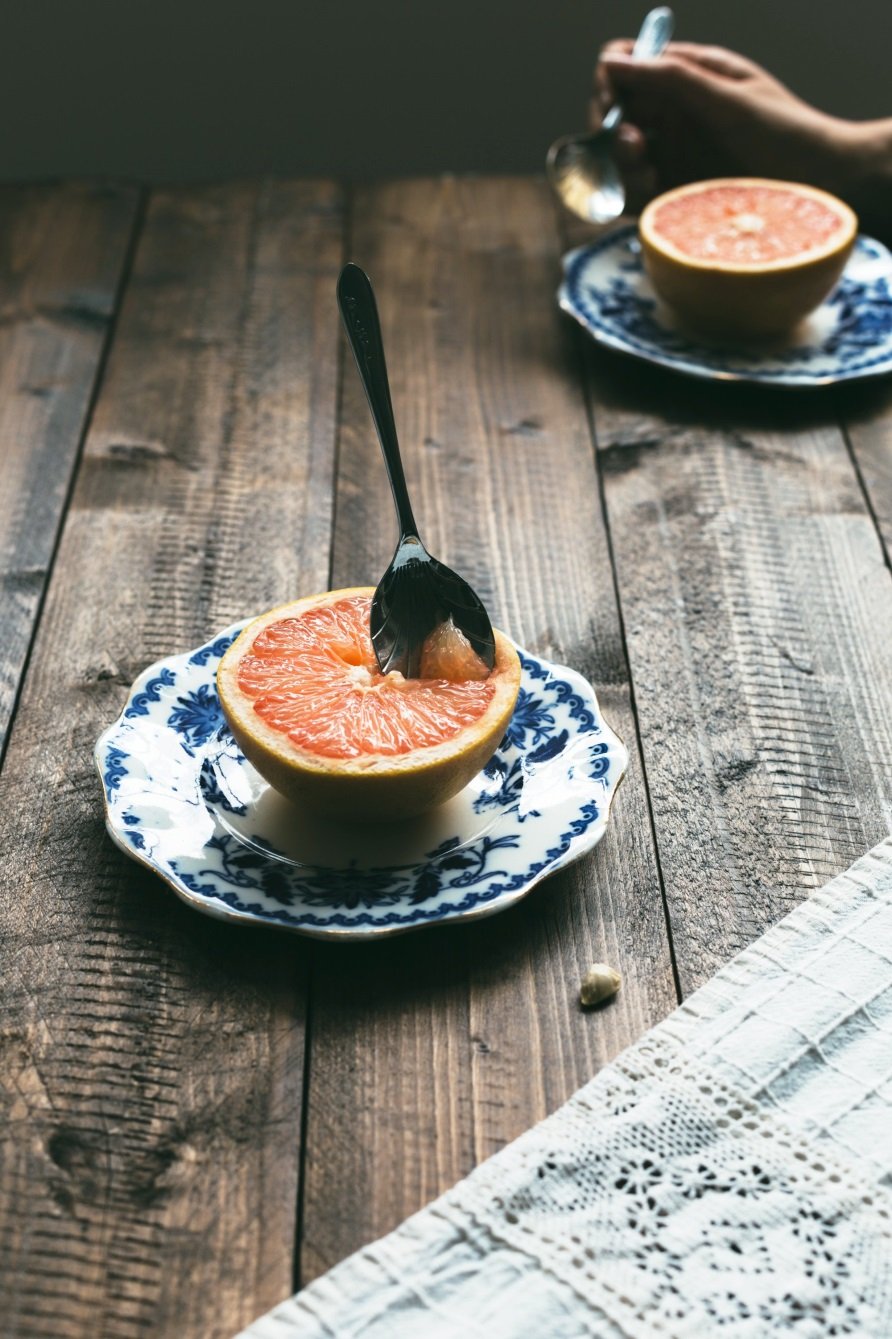
by Fern Shaw | Nov 13, 2018 | Water, water cooler
Typing the query ‘which fruit contains the most water’ into the omnipresent Google produces this result:
‘Grapefruit.’
*Then more about watermelon and strawberries – thing is, watermelon and strawberries seem to contain more water than grapefruit – 92% as opposed to the 91% of water in grapefruit. This leads me to believe that there’s some secret grapefruit marketing organisation that’s fruit bombing Google to ensure that the lesser watered grapefruit receives pole position.
Anyhow, I’m all okay with it – I really enjoy grapefruit, not so much watermelon (a story for another time). It may stem from my clever Mother who used to prepare our half a grapefruit with a sprinkle of brown sugar and a Maraschino cherry on top every single morning, rain or shine; or because I’ve just always enjoyed the more citrus of fruits.
Grapefruit also contain powerful anti-oxidants. What are anti-oxidants, you may ask? Well, simply put, they are one of the first lines of defence that the body employs to keep free radicals in check and prevent them from causing a domino effect of damage on other cells. Antioxidant compounds can ‘donate’ electrons to unstable free radicals so they don’t have to snatch electrons from unsuspecting nearby cells. So the ‘all powerful’ in the headline was pretty bang on – it is a fruit containing much power for good.
The rich pink and red colours of grapefruit are due to lycopene, a carotenoid phytonutrient. A carotenoid gives fruit their red, orange and yellow colour. These compounds are believed to protect against certain cancers, heart disease and even vision loss due to macular degeneration. You won’t find lycopene in white grapefruit. White grapefruit? Didn’t know there was white grapefruit! Continuing, lycopene appears to have anti-tumour activity. Among the common dietary carotenoids, lycopene has the highest capacity to help fight oxygen free radicals, which are compounds that can damage cells.
So, aside from its top ranking despite it having the second highest water content, it would seem that grapefruit is all that.
As we head into the colder months, it’s understandable that we may veer away from topping up our water from the water cooler as much as we do when it’s warmer. But this is a mistake – our bodies still need to hydrate irrespective of the weather. What may be worth considering though is to ramp up your water intake with a water-rich, free radical booting fruit like … grapefruit. We may not all have a Mum who prepares our get-up-and-go grapefruit for us, but that’s no excuse.
*updated from a 09 Nov 2015 blog
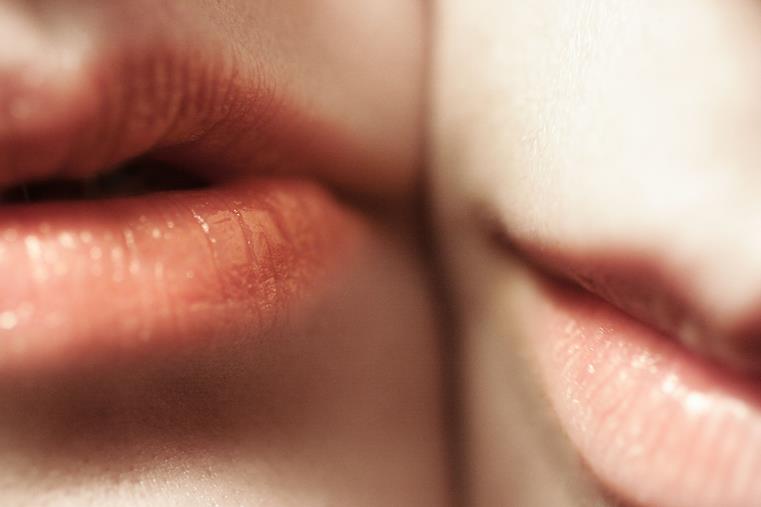
by Fern Shaw | Nov 2, 2018 | Water, water cooler
Our skin is one of our most precious organs and no wonder: it’s responsible for so many functions that literally keep us intact and functioning. It’s also susceptible to so many factors, both internal and external, which are potentially harmful.
Not only does our skin work as a barrier, protecting against water loss as well as physical and chemical injury, it also regulates our temperature by dilating and constricting our blood vessels near the skin surface, controlling the transfer of heat out of the body. It protects us from UV radiation by producing melanin; produces Vitamin D, which helps prevent many diseases including osteoporosis, cancer, heart disease, obesity and neurological diseases.
It makes good sense then, that we should protect our body’s largest organ (around 20 square feet) and treat it with the utmost care and respect.
This doesn’t always happen, sadly, and we can tend towards abusing it (albeit inadvertently).
The good news, though, is that one of the simplest methods of protecting our skin, increasing its resilience and keeping it healthy, plump and full of elasticity throughout our lives, is by drinking water (there’s no catch here, honestly).
Our skin consists of approximately 64% water, it therefore makes sense that water is essential to maintain the optimum skin moisture and deliver essential nutrients to the skin cells. Water replenishes the skin tissue and increases its elasticity.
Drinking enough water can also help combat dry and flaky skin and skin disorders like psoriasis and eczema. It also increases the metabolic rate and improves digestive system to flush out toxins from the body. This in turn gives you a healthy and glowing skin.
Whereas we all know that immersing ourselves in water, whether we’re bathing, showering or swimming, makes us feel wonderful, we need also water internally to promote good skin health.
That’s why it’s important to make sure that you head to the happy skin station that is your water cooler, wherever that may be – it could be at home, at the office or in your fitness centre – and start treating the water cooler like it’s your new best friend, which it could be, especially when you start seeing the results that come with drinking water regularly.






